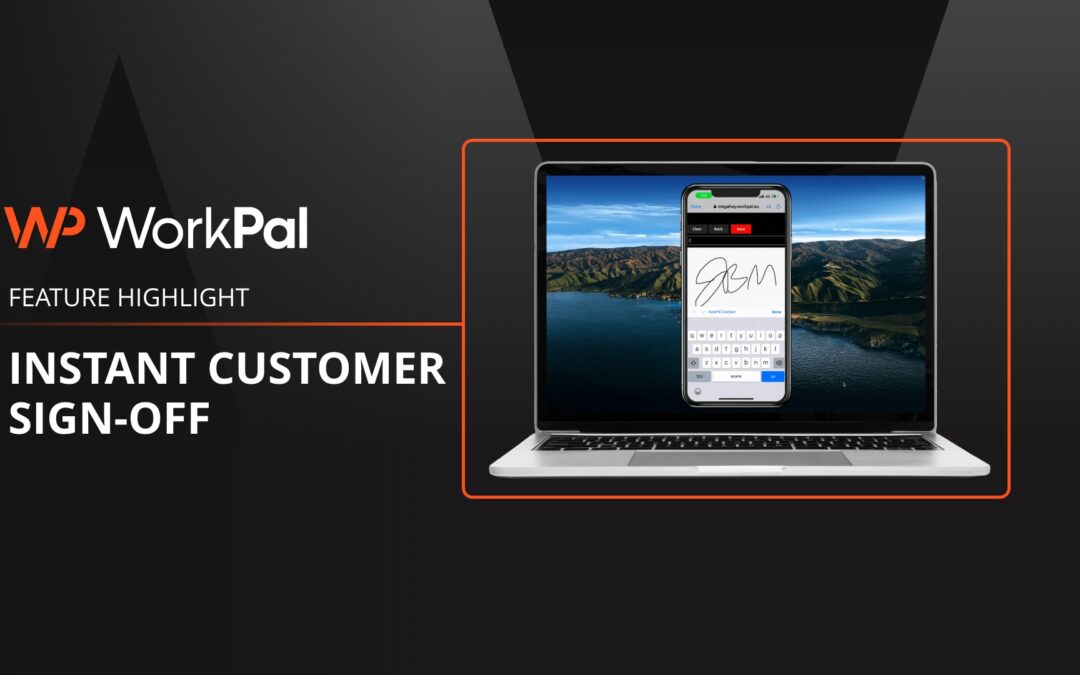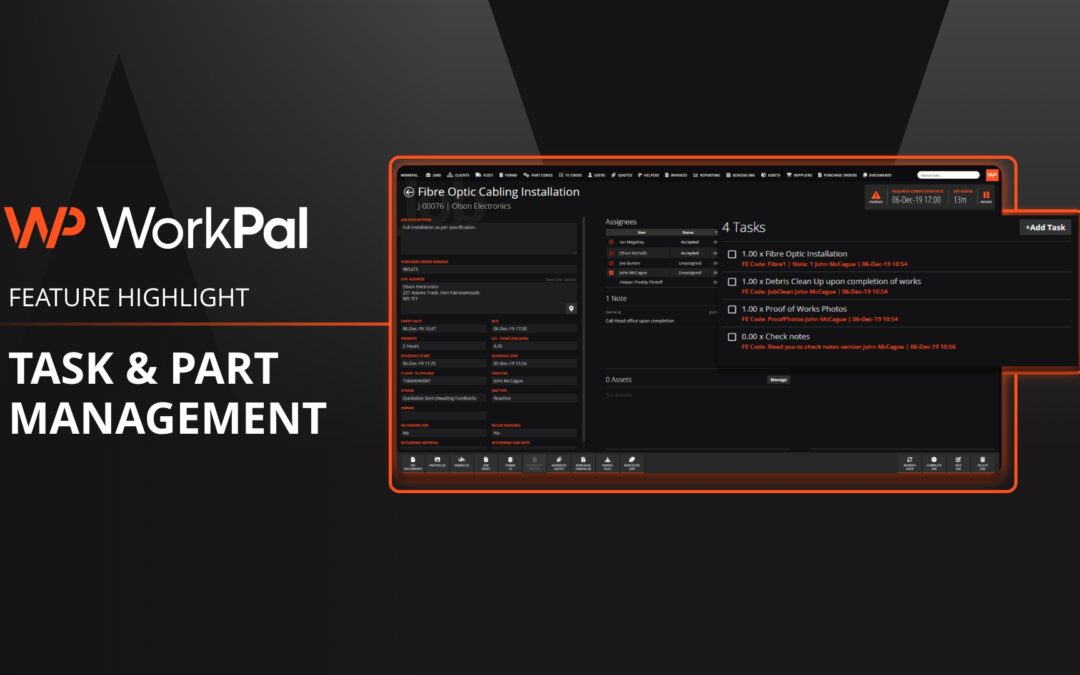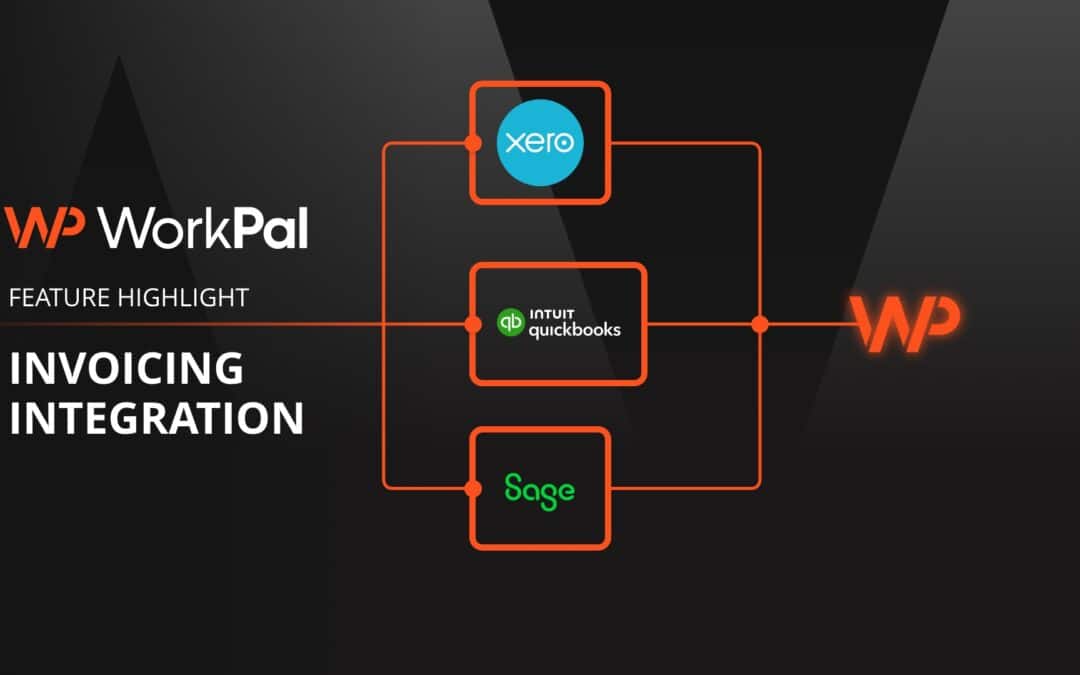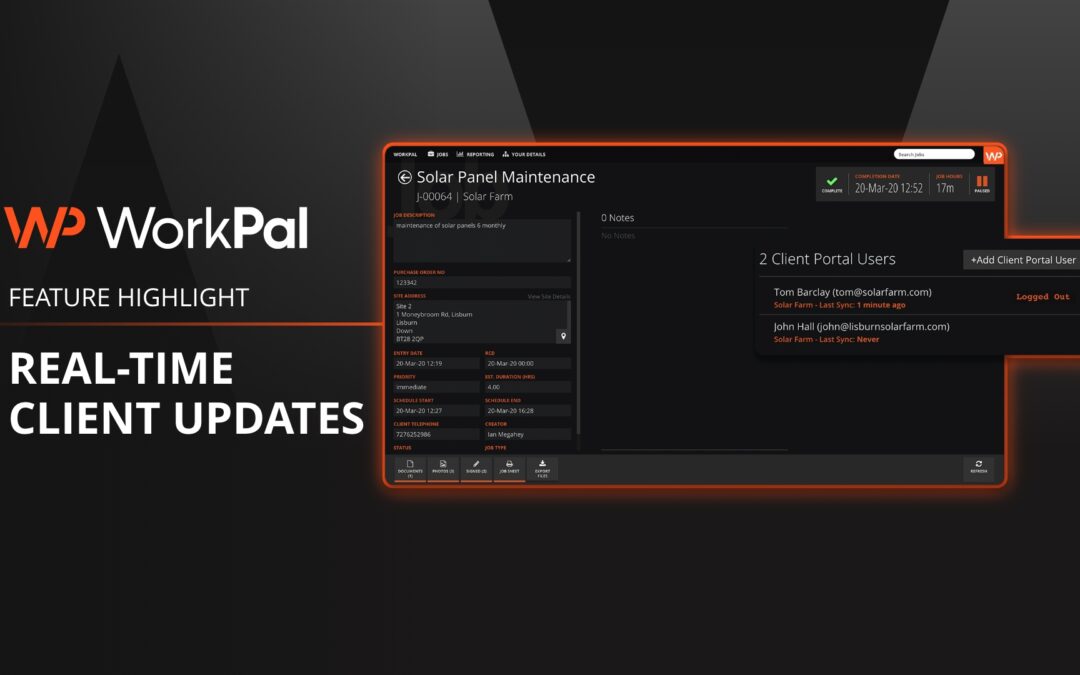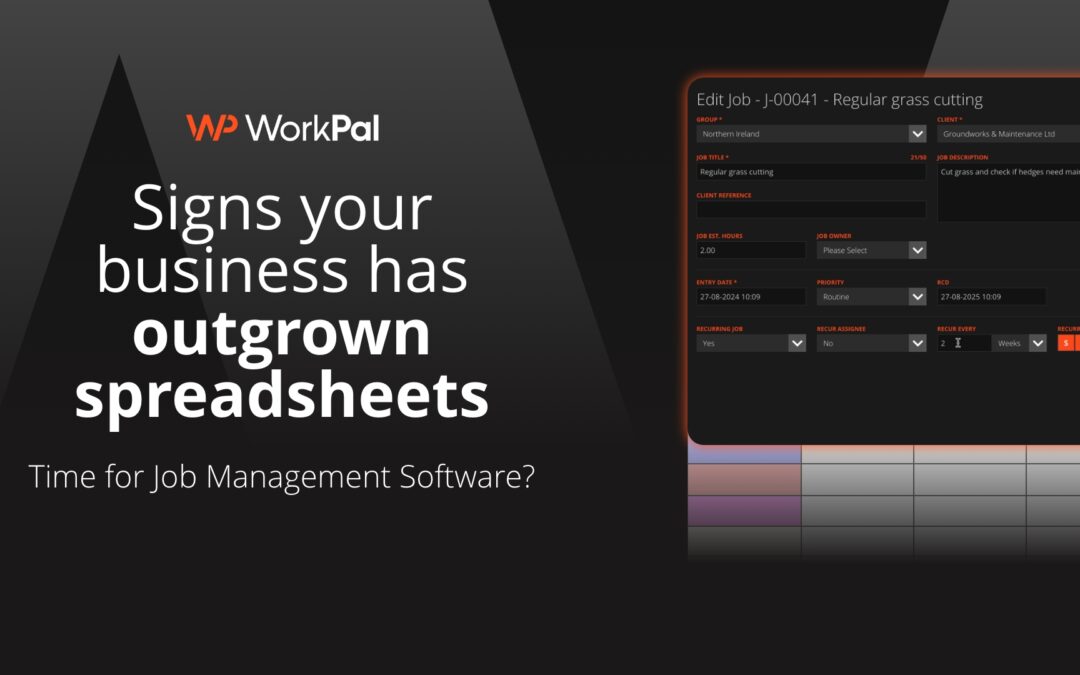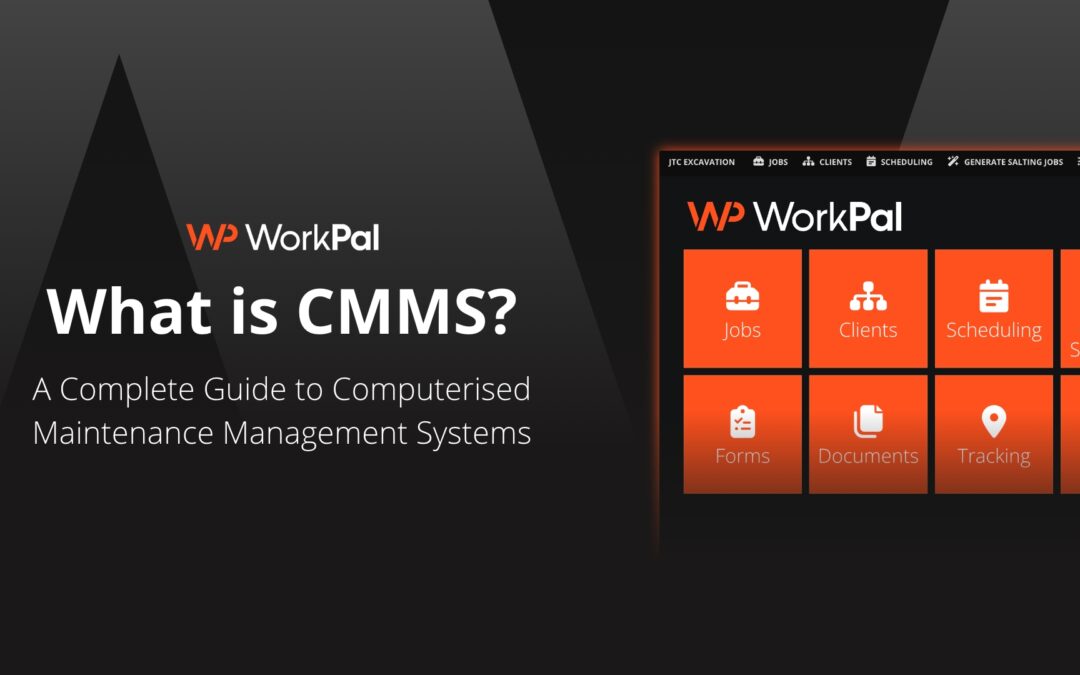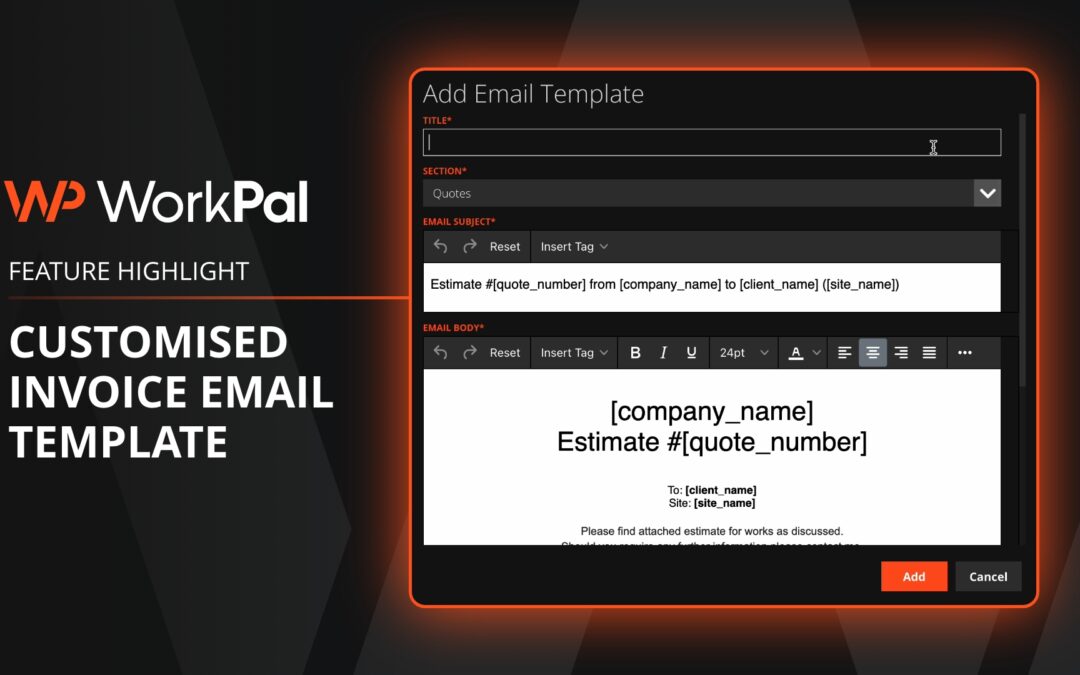In today’s fast-paced and dynamic world, efficiency through CAFM system UK providers has become more crucial than ever. The ability to efficiently manage and maintain facilities is a key determinant of an organization’s success. That’s where CAFM (Computer-Aided Facility Management) systems step in, revolutionizing the way facility management is carried out in the UK. These cutting-edge systems are empowering facility managers to streamline operations, enhance productivity, and optimize resources like never before. In this article, we will delve into the world of CAFM systems, exploring their features, benefits, and the transformative impact they are having on facility management in the UK. From automating routine tasks to providing real-time insights, CAFM systems are unlocking a new level of efficiency, enabling organizations to stay ahead in today’s competitive landscape. Whether you’re a facility manager, a business owner, or simply interested in the latest trends in facility management, this article is a must-read to discover the game-changing potential of CAFM systems.
The importance of efficient facility management in the UK
Efficient facility management is essential for organisations across all sectors in the UK. From commercial buildings and healthcare facilities to educational institutions and public spaces, the effective management of facilities ensures smooth operations and a conducive environment for employees, customers, and visitors. Inefficient facility management can result in increased costs, decreased productivity, and potential risks to health and safety.
Common challenges faced by facility managers
Facility managers in the UK face a myriad of challenges in their day-to-day operations. One of the most common challenges is the lack of centralised information and communication systems, leading to inefficiencies and delays in responding to maintenance requests and resolving issues. Additionally, manual processes for tracking assets, managing work orders, and scheduling preventive maintenance can be time-consuming and prone to errors. Limited visibility into facility performance and resource utilisation further complicates decision-making and hinders proactive planning.

How CAFM systems address these challenges
CAFM systems are designed to address these challenges and provide facility managers with the tools they need to streamline operations and optimise resource allocation. These comprehensive software solutions integrate data and processes into a centralised platform, enabling real-time access to critical information. By automating routine tasks such as work order generation, asset tracking, and maintenance scheduling, CAFM systems free up valuable time for facility managers to focus on more strategic initiatives. Moreover, these systems provide data analytics and reporting capabilities, allowing facility managers to gain insights into facility performance, identify trends, and make data-driven decisions.
Key features and capabilities of CAFM systems
CAFM systems offer a wide range of features and capabilities that empower facility managers to enhance efficiency and effectiveness. These include:

Space Management
CAFM systems enable facility managers to accurately track and manage space utilisation, ensuring optimal allocation of resources and the ability to accommodate changing needs. Real-time visualisation of floor plans, occupancy rates, and seating arrangements allows for proactive space planning and efficient utilisation.

Asset Management
CAFM systems provide a comprehensive asset tracking and management module, enabling facility managers to monitor the lifecycle of assets, schedule preventive maintenance, and track maintenance history. This ensures that assets are properly maintained, minimising downtime, and extending their lifespan.

Work Order Management
With CAFM system UK solutions, facility managers can automate the entire work order process, from generation to completion. This includes assigning work orders, tracking progress, and capturing relevant data such as labour hours and materials used. Automated workflows and notifications streamline communication between facility managers, technicians, and other stakeholders, ensuring timely resolution of issues.

Preventative Maintenance
CAFM systems incorporate preventive maintenance functionalities, allowing facility managers to schedule and track routine maintenance tasks. This proactive approach helps to prevent equipment breakdowns, minimise downtime, and extend the lifespan of assets. By reducing reactive maintenance and emergency repairs, organisations can significantly reduce costs and enhance operational efficiency.

Resource Optimisation
CAFM systems provide facility managers with insights into resource utilisation, enabling them to identify opportunities for optimisation. By analyzing data on energy consumption, space utilisation, and maintenance costs, facility managers can make informed decisions to reduce waste, improve energy efficiency, and allocate resources effectively.

Mobile Accessibility
Many CAFM system UK platforms offer mobile applications, allowing facility managers and technicians to access critical information and perform tasks on the go. This enhances responsiveness and enables real-time collaboration, improving overall efficiency and reducing downtime.
Case studies: Successful implementation of CAFM systems in UK facilities
Benefits of using CAFM systems in facility management
The benefits of using CAFM systems in facility management are far-reaching. By implementing these advanced systems, organisations in the UK can:
1. Improve operational efficiency
CAFM systems automate routine tasks, streamline workflows, and provide real-time insights, enabling facility managers to optimize operations and improve overall efficiency.
2. Reduce costs
Through preventive maintenance, optimized resource allocation, and data-driven decision-making, CAFM systems help organizations reduce costs associated with reactive maintenance, energy consumption, and asset replacement.
3. Enhance productivity
By eliminating manual processes, improving communication, and providing mobile accessibility, CAFM systems empower facility managers and technicians to work more efficiently, resulting in increased productivity.
4. Ensure compliance
CAFM systems facilitate compliance with regulatory requirements and industry standards by providing documentation, tracking maintenance activities, and ensuring the safety of facilities and occupants.
5. Improve customer satisfaction
With streamlined operations, faster response times, and enhanced facility performance, organizations using CAFM systems can provide a better experience for customers, employees, and visitors.
Considerations when choosing a CAFM system
When selecting a CAFM system, there are several key considerations that organisations in the UK should keep in mind:
Scalability: Ensure that the CAFM system can accommodate the size and complexity of your organization’s facilities both now and in the future. It should be able to handle multiple locations, diverse asset types, and changing requirements.
Integration: Consider the compatibility of the CAFM system with your organization’s existing technology infrastructure. Seamless integration with other systems such as ERP, CMMS, and IoT devices is essential for data exchange and process automation.
Usability: Evaluate the user interface and ease of use of the CAFM system. A user-friendly interface and intuitive navigation are crucial for adoption and user satisfaction.
Vendor support: Assess the level of support provided by the CAFM system vendor, including training, implementation assistance, and ongoing technical support. A reliable vendor with a proven track record is essential for a successful implementation.
Implementation and integration of CAFM systems
Needs assessment
Identify the specific facility management challenges and requirements of your organisation. This includes evaluating existing processes, systems, and data sources.
Vendor Selections
Research and evaluate CAFM system UK vendors based on their capabilities, industry experience, customer reviews, and compatibility with your organisation’s needs.
Data Migration & Integration
Prepare and migrate existing facility management data into the new CAFM system. Ensure seamless integration with other systems to enable data exchange and process automation.
Training & Implementation
Provide comprehensive training to facility managers, technicians, and other users to ensure the smooth adoption of the CAFM system. Collaborate with the vendor to configure the system according to your organisation’s requirements.
Change Management & Communication
Communicate the benefits and purpose of the CAFM system to all stakeholders. Address any concerns or resistance to change and provide ongoing support and guidance throughout the implementation process.
In conclusion, CAFM systems are revolutionising facility management in the UK by unlocking a new level of efficiency and effectiveness. These advanced systems provide facility managers with the tools they need to streamline operations, enhance productivity, and optimise resources. By automating routine tasks, providing real-time insights, and facilitating data-driven decision-making, CAFM systems empower organizations to stay ahead in today’s competitive landscape. Whether you’re a facility manager, a business owner, or simply interested in the latest trends in facility management, the game-changing potential of CAFM systems cannot be ignored. Embracing these transformative technologies is key to unlocking efficiency and ensuring success in facility management in the UK.






